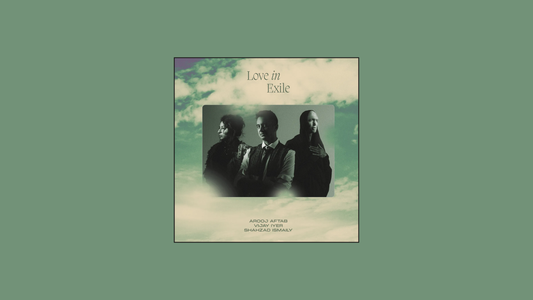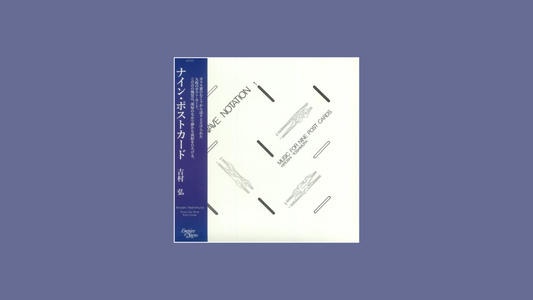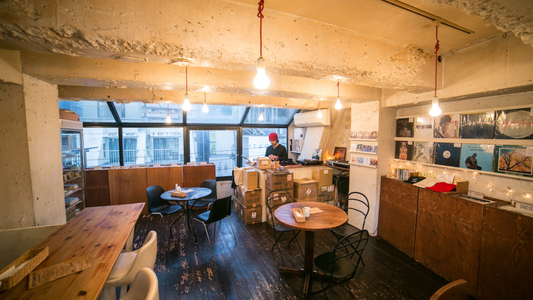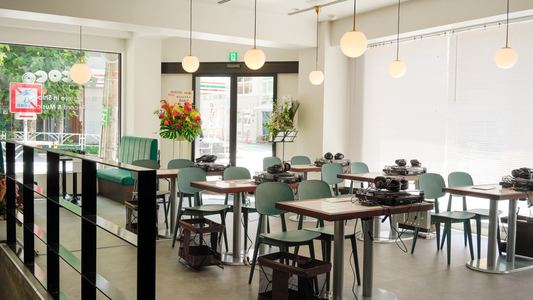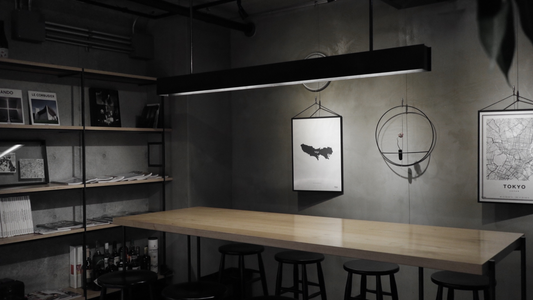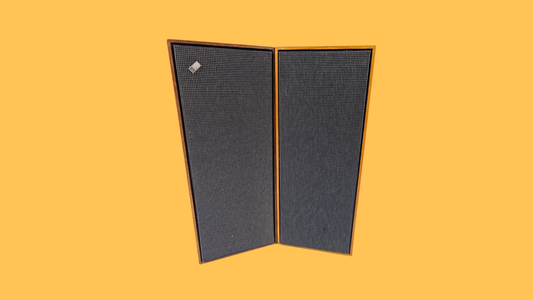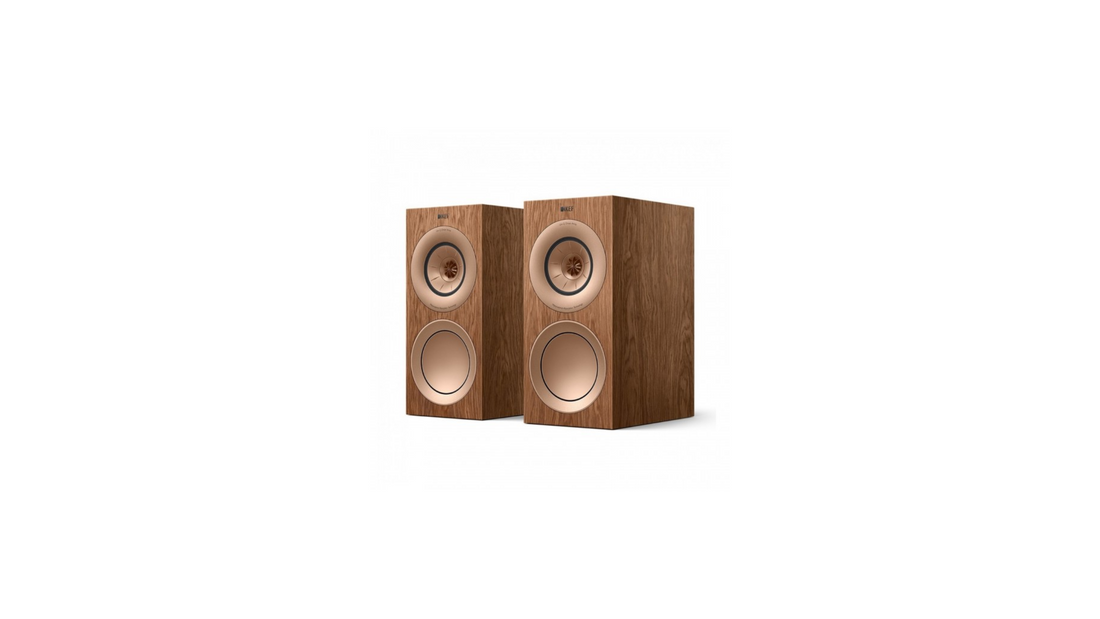
KEF — British Modern Reference in Bar and Studio
By Rafi Mercer
In the landscape of British loudspeaker design, few names carry as much quiet authority as KEF. Founded in Maidstone, Kent, in 1961, the company was born out of postwar optimism and the engineering mind of Raymond Cooke, a BBC-trained designer who wanted to push beyond the domestic radios and gramophones of his time. KEF’s vision was clear from the start: precision, neutrality, and the pursuit of loudspeakers that could serve both the studio and the home. Today, in listening bars, KEF plays a different but equally crucial role — not theatrical like Altec, not horn-loaded like Klipsch, but as a modern reference, a speaker that brings balance and clarity to spaces shaped for careful listening.
The company’s innovations have often revolved around materials and geometry. From the early use of Bextrene cones in the 1960s, giving smoother midrange than paper, to the celebrated Uni-Q driver introduced in 1988, KEF has consistently sought to bring coherence to sound. The Uni-Q, placing tweeter in the acoustic centre of the midrange cone, echoes the ambitions of Tannoy’s Dual Concentric, but with a distinctly modern execution. The result is imaging that feels uncannily precise — instruments locked in space, vocals centred as if pinned by light.
In listening bars, that precision translates into evenings where detail becomes atmosphere. I remember a London venue where a pair of KEF Reference floorstanders were set behind the counter. The record was Brian Eno’s Another Green World. The textures unfolded like layers of fabric: synths hovering, guitars glinting, rhythms pulsing faintly at the edges. The sound was less about force, more about placement — a soundscape you could walk into. Patrons leaned closer not because the music was loud, but because it was clear.
KEF’s aesthetic is similarly understated. Modern lines, clean finishes, nothing ostentatious. Unlike JBL’s bold blue baffles or Klipsch’s wooden horns, KEFs are designed to disappear visually, leaving only the impression of music. In a bar, this invisibility can be powerful — the speakers don’t dominate the room, they shape it quietly, allowing atmosphere to build without distraction.
Compared with the romantic tone of Tannoy or the sheer theatre of Western Electric, KEF represents a more contemporary sensibility. It is less about colour, more about neutrality. Some might find that restraint too cool, but for listening bars that prize balance — bars that play full albums from Talk Talk to Radiohead to Floating Points — KEF provides a canvas broad enough for all.
The company’s current Reference and Blade series show how far this ethos can stretch. Sculptural in form, scientifically rigorous in design, they are as much objects of modern architecture as hi-fi tools. Bars that choose them are making a statement not of nostalgia but of now — that fidelity is a living culture, not a museum piece.
In the end, KEF stands as Britain’s modern reference, a speaker that connects the discipline of the BBC monitor tradition with the aspirations of contemporary design. In listening bars, it gives clarity without drama, presence without intrusion. It is the voice of balance for a culture that values both detail and depth.
Rafi Mercer writes about the spaces where music matters. For more stories from Tracks & Tales, subscribe, or click here to read more.
